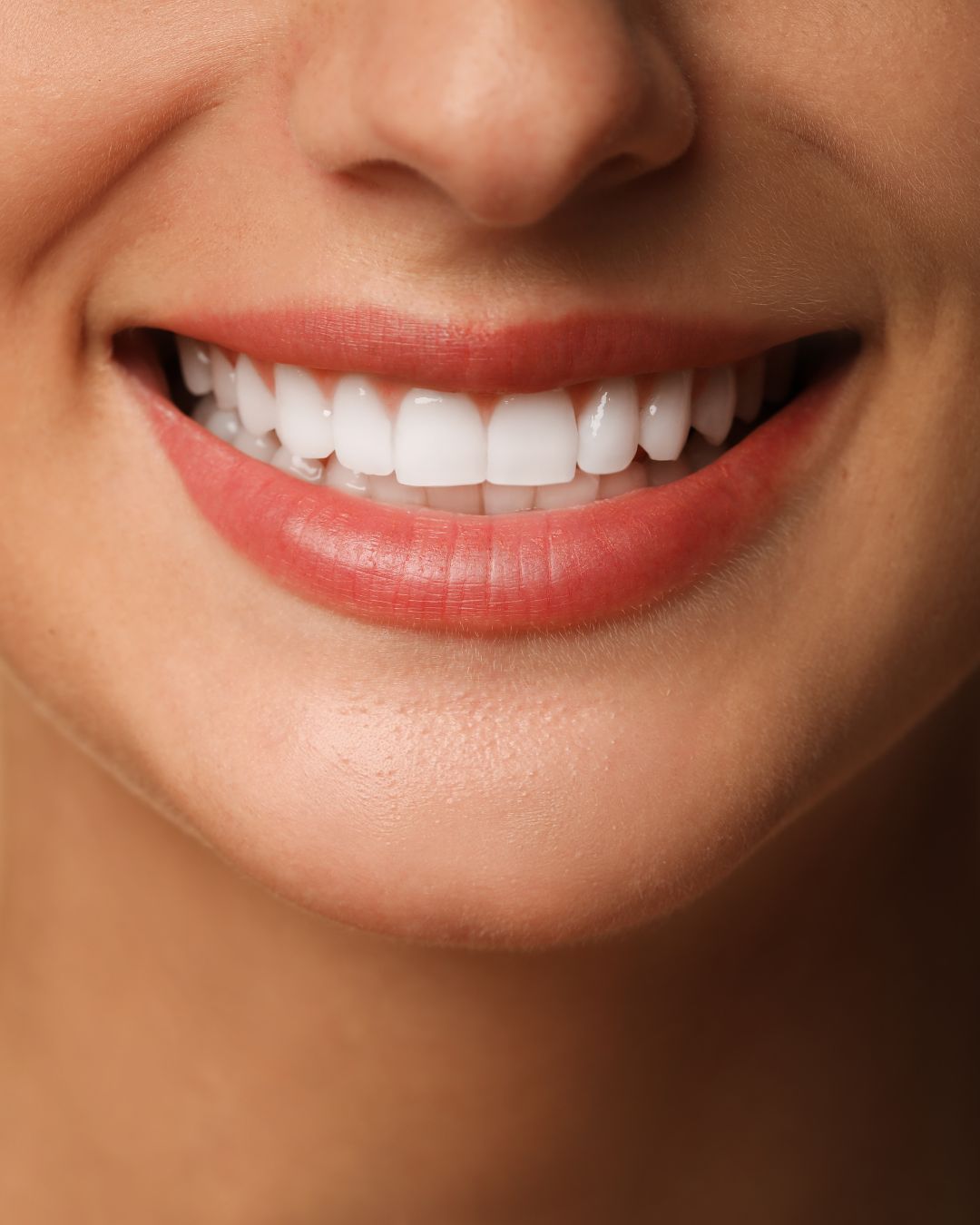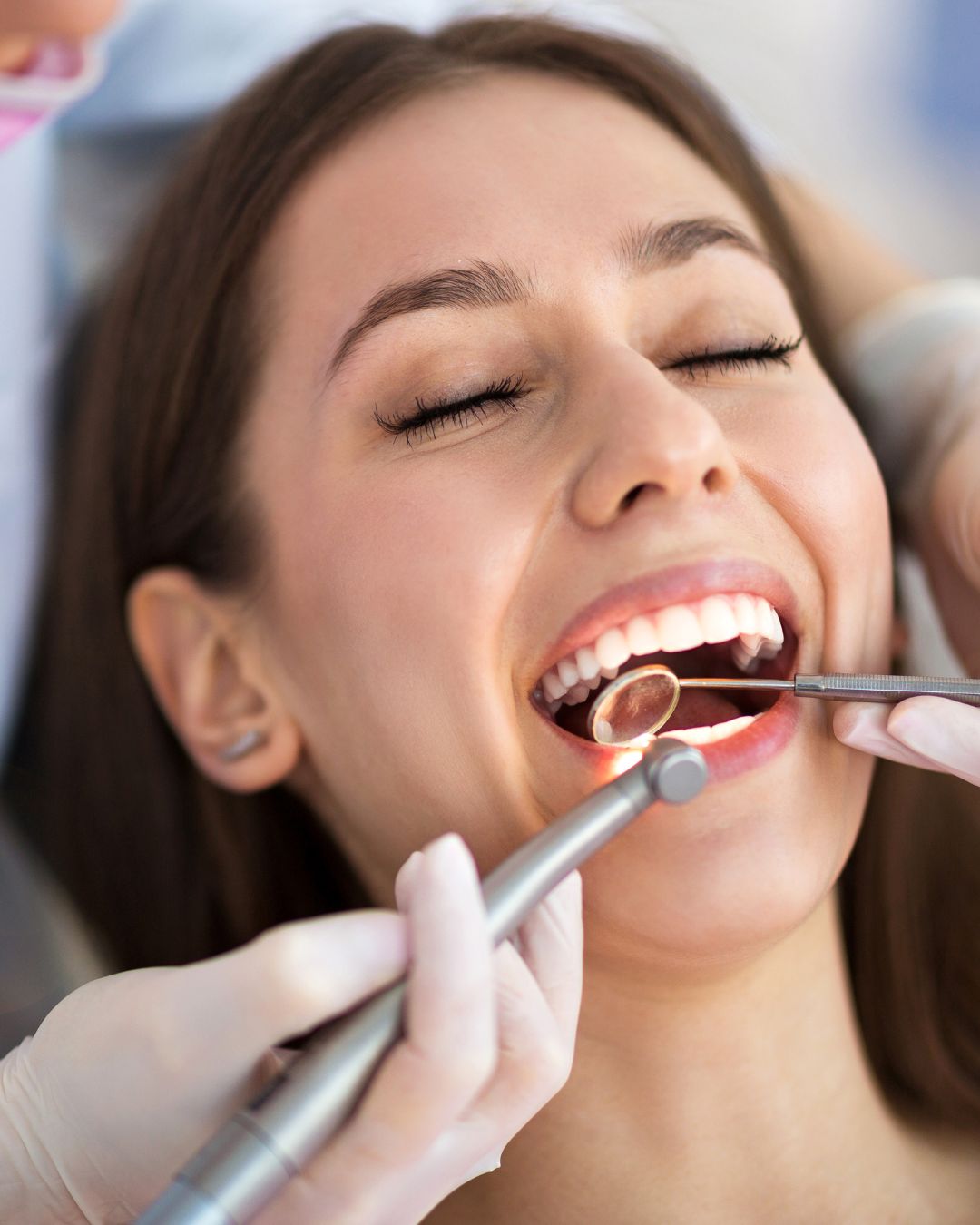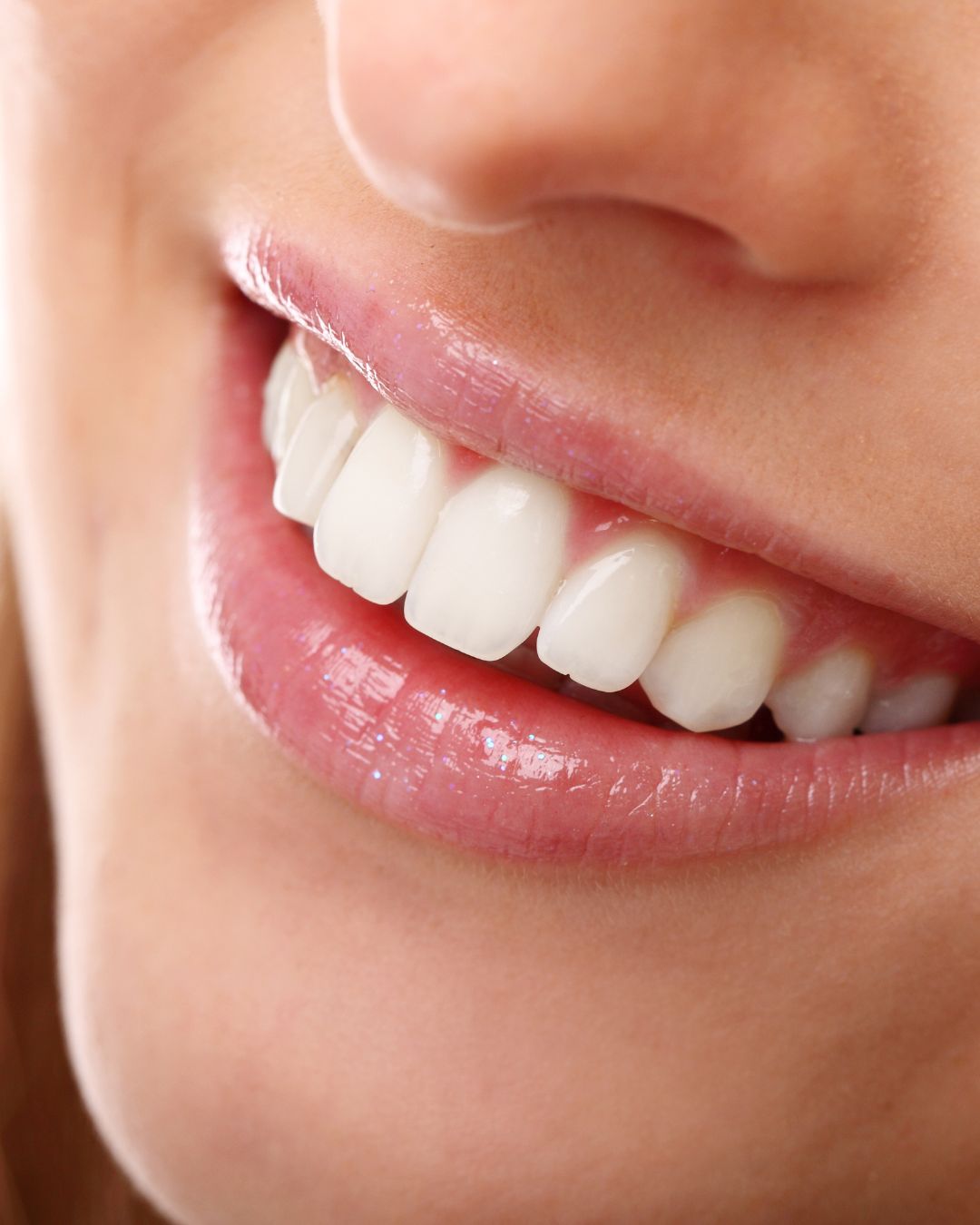A bright, white smile can do wonders for your confidence and overall appearance. It’s no surprise that teeth whitening has become one of the most popular cosmetic dental procedures. If you’re considering whitening your teeth, this guide will walk you through everything you need to know, from the different types of treatments available to the benefits and potential risks.
Understanding Teeth Whitening
Teeth whitening is a process that lightens the colour of your teeth. It can be done to remove stains and discolouration, making your teeth appear several shades whiter. The primary bleaching agents used in teeth whitening are hydrogen peroxide or carbamide peroxide. These chemicals break down and lift stains from the enamel, the outer layer of your teeth.
It’s important to distinguish between two types of teeth stains:
- Extrinsic stains: These are on the surface of the tooth and are typically caused by food, drinks (like coffee, tea, and red wine), and smoking.
- Intrinsic stains: These are inside the tooth and can be caused by certain medications, trauma, or excessive fluoride exposure during tooth development.
While many whitening treatments are effective for extrinsic stains, intrinsic stains may require more specialised procedures.
Types of Teeth Whitening Treatments
There are several ways to whiten your teeth, each with its own set of pros and cons.
In-Office Professional Teeth Whitening
This is the fastest and most effective way to whiten your teeth. A dentist or dental professional will apply a high-concentration bleaching gel to your teeth and may use a special light or laser to accelerate the whitening process. Your gums and lips are protected during the procedure. You can expect to see significant results in just one visit, which typically takes 60 to 90 minutes.
At-Home Kits from Your Dentist
For a more gradual approach, your dentist can provide you with custom-fitted trays and a professional-strength whitening gel to use at home. You’ll wear the trays for a specified amount of time each day, usually for a few weeks. This method is also very effective and can be more convenient for some people.
Over-the-Counter (OTC) Whitening Products
You can find a variety of teeth whitening products at your local pharmacy or supermarket, including:
- Whitening strips: These are thin, flexible strips coated with a whitening gel that you apply to your teeth.
- Whitening toothpaste: These contain mild abrasives that can help remove surface stains.
- Whitening gels: These are applied directly to your teeth with a small brush.
- Whitening rinses: These are mouthwashes that contain whitening agents.
While OTC products are more affordable, they are generally less effective than professional treatments because they contain a lower concentration of bleaching agents.
The Benefits of a Whiter Smile
The most obvious benefit of teeth whitening is a more attractive smile, which can lead to a significant boost in self-esteem. But the advantages don’t stop there:
- Enhanced Appearance: A brighter smile can make you look younger and healthier.
- Improved Oral Health: The process of whitening can help to remove plaque and bacteria, which can contribute to tooth decay and gum disease.
- Increased Confidence: When you feel good about your smile, you’re more likely to share it with the world.
Potential Risks and Side Effects
Teeth whitening is generally safe, but there are some potential risks and side effects to be aware of:
- Tooth Sensitivity: This is the most common side effect and is usually temporary. It occurs when the bleaching agent penetrates the enamel and irritates the nerves of your teeth.
- Gum Irritation: The whitening gel can sometimes irritate the gums, causing redness and soreness. This is more common with ill-fitting, over-the-counter trays.
- Enamel Damage: Overuse of whitening products or using products with very high concentrations of bleaching agents can potentially damage the tooth enamel.
It’s always best to consult with your dentist before starting any whitening treatment to ensure it’s safe and appropriate for you.
Aftercare: Maintaining Your Bright Smile
After you’ve achieved your desired shade, you’ll want to maintain your results for as long as possible. Here are some tips for keeping your teeth white and bright:
- Avoid staining foods and drinks: For the first 48 hours after whitening, your teeth are more susceptible to staining. Try to avoid coffee, tea, red wine, berries, and other dark-coloured foods.
- Practice good oral hygiene: Brush your teeth twice a day and floss daily to remove plaque and prevent new stains from forming.
- Use a whitening toothpaste: This can help to remove surface stains and maintain your results.
- Avoid smoking: Tobacco is a major cause of tooth discolouration.
- Get regular dental check-ups: Professional cleanings can help to keep your teeth looking their best.
With proper care, the results of professional teeth whitening can last for up to three years.
Is Teeth Whitening Right for You?
Teeth whitening is a great option for many people who want to improve the appearance of their smile. However, it may not be suitable for everyone. It’s important to have a dental check-up before starting any whitening treatment to ensure your teeth and gums are healthy. Your dentist can help you determine the best whitening method for your individual needs and goals.
If you’re ready to take the first step towards a brighter, more confident smile, schedule a consultation with your dentist to discuss your teeth whitening options.




